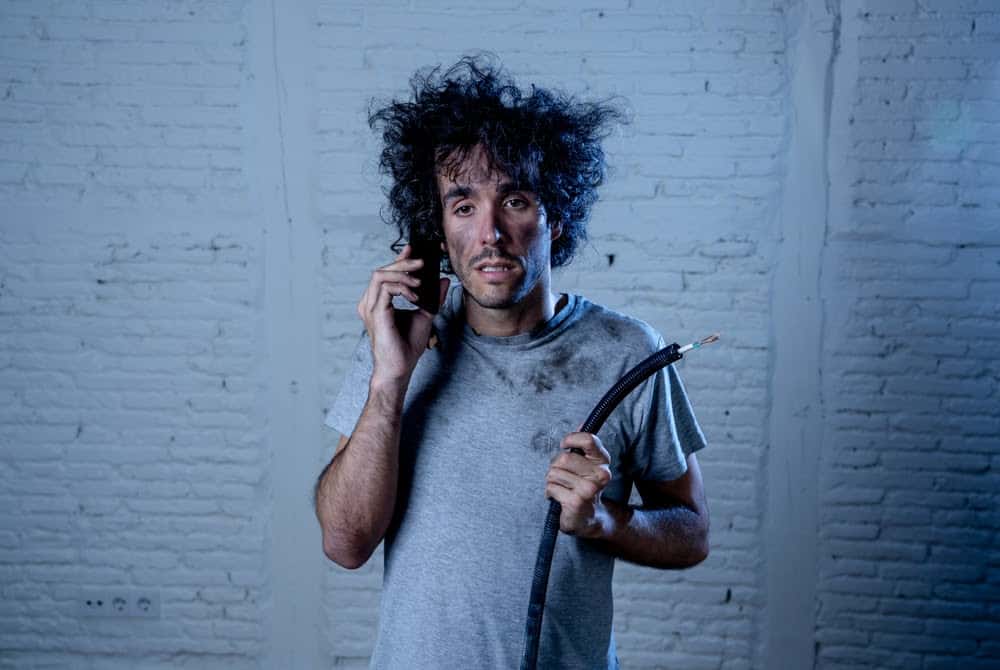Sure, YouTube is useful, but have you ever noticed that there is the word “pro” in project? For good reason: There are some DIY home projects you should leave to the pros. For instance, a “shocking” number of house fires are caused by overconfident homeowners who think they’re wired to do wiring, and “fired up” to save some money. But electrical projects aren’t as simple as you’d think. Don’t make the same mistake!
The best way to finish certain home improvements safely – and quickly – isn’t to open a link, but instead to open your wallet.
There are times when DIY is a smart choice. For example, according to a study by insurance company Clovered, the DIY price of unclogging a toilet drain runs around $5. A professional can charge anywhere from $85-$520. Most people can figure out how to use a plunger or “snake” a drain without much risk.
But for the most part, DIY is a lose-lose situation. According to the same data, installing a kitchen sink yourself can cost approximately $200. But a professional installation runs around just $99. The best-case scenario here is losing $100. The worst-case one? Flooding your home and possibly needing to replace flooring or carpeting.
Then there’s the risk of hurting yourself. The survey also revealed the most common DIY injuries: accidentally cutting your skin with a tool, hitting yourself with a hammer, and tripping over materials. Not the best way to wrap up what was supposed to be a productive but pain-free process!
What about DIYing a new kitchen? Sure, you can hit a home improvement center for appliances, cabinetry and counters and light fixtures. And most offer free design help. But that “free” help can end up costing you. You know the old carpenter’s adage of “Measure twice, cut once?” It often comes into play. Too many homeowners do the measuring themselves and the results aren’t exactly accurate. Take the size of the island. You need to account for ample room to scoot stools or chairs underneath when sitting at it, without knocking your knees uncomfortably.
Another issue? Too many homeowners end up with wall cabinets that are hung crookedly or open awkwardly. Or base cabinets that aren’t level, despite having tried their level best. Again, best to turn to pros who know.
Another hot DIY item many homeowners try to tackle? Adding or replacing decks. While you expect a DIY project to make a mess, many of these endeavors just end up one. Not accounting for adequate structural support in terms of weight-bearing ability is a common mistake made by many deck DIYers. There’s a formula for figuring out how much weight per square foot a deck can safely support. But most people don’t consider that. “Underbuilding” is a recipe for disaster. Using the wrong materials (wrong sized lumber and brackets can lead to horrible consequences. A few too many guests partaking at a party and the result’s a crashing DON’T.
Painting is a relatively safe undertaking for most homeowners – if you plan and prep properly. Invest in a good quality paint and do adequate advance work before you pick up that roller and brush. Spackling, sanding, taping, using drop cloths, etc. can help ensure a smooth finish. Also, don’t cheap out on your paint or try to cut corners. Cut in your corners, and any window or door trim, along with baseboards, if you have them, instead. Also, give yourself enough time for the project! Not priming is a prime mistake. As is rushing that second coat.
In short? Don’t set yourself up for an epic fail. Be realistic about your abilities and your project. Remember to assess whether it’s actually a case of DIY-not to do it!



